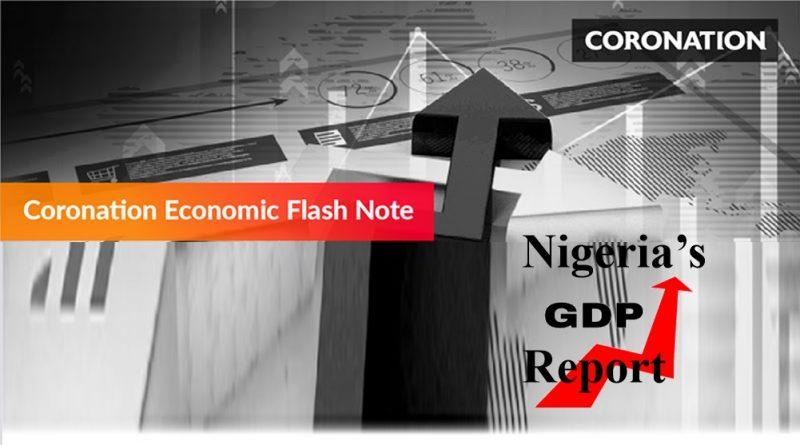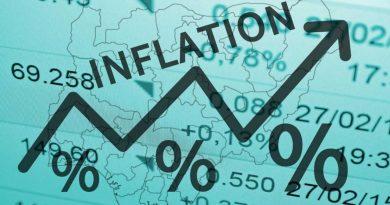Nigeria’s GDP Performance Report for Second Quarter 2022
The national accounts for Q2 ‘22 by the NBS show that GDP grew by 3.5% y/y compared with the 3.1% y/y recorded in Q1 ’22. Meanwhile, on a q/q basis, it contracted by -0.4%, reflecting slower economic activity compared with the preceding quarter. The q/q decline can be partly attributed to upticks in prices of deregulated petroleum products (such as diesel and aviation fuel) as well as select manufacturing inputs on the back of the Russia-Ukraine crisis.
- The oil economy recorded negative growth for the ninth consecutive quarter, contracting by -11.8% y/y in Q2 vs -26% y/y recorded in Q1. Based on data from the NBS, average crude oil production in Q2 was 1.43mbpd compared with 1.49mbpd in the previous quarter and 1.61mbpd in Q2 ‘21. As at end-June, the OPEC production quota for Nigeria was 1.8mbpd. Meanwhile, the revised FGN oil production benchmark is 1.6mbpd. The sector continues to suffer from production shut-ins as a result of crude oil theft, vandalism, prolonged repairs and community issues.
- The non-oil economy grew by 4.8% y/y in Q2 ’22 vs 6.1% y/y in Q1 ‘22. Key drivers within the non-oil economy include transportation and storage (51.7% y/y), finance and insurance (18.5% y/y), telecommunications (7.7% y/y), trade (4.5% y/y), real estate (4.4% y/y), construction (4.0% y/y), manufacturing (3% y/y), and agriculture (1.2% y/y). Combined, these sectors account for 78.3% of total GDP in Q2.
- Agriculture grew by 1.2% y/y in Q2 compared with 3.2% y/y recorded in the preceding quarter. Crop production was the major driver of the sector and accounted for 90% of agriculture GDP, the segment grew by 1.5% y/y. The forestry and fisheries segments grew by 1.3% y/y and 0.9% y/y respectively. However, the livestock segment contracted by -2.9% y/y. Agriculture contributed 23.2% to GDP in Q2 ’22. The sector’s performance can be partly hinged upon the CBN’s interventions in the sector. For context, the collective disbursement under the Anchor Borrowers’ Program as at June ’22 is c.N1trn disbursed to c.4.2 million smallholder farmers cultivating 21 commodities across the country. However, it is worth highlighting that in addition to rising cost of farm inputs, the sector is adversely impacted by insecurity as well as storage and logistics issues.
- Telecommunications posted growth of 7.7% y/y compared with 14.5% y/y recorded in Q1. The segment continues to benefit from modest growth in subscriptions and increased usage from existing subscribers. The increased demand for data by businesses adopting hybrid working structures has also supported growth, which is mirrored in the uptick in internet subscriptions within the period.
- The trickle-down effect of the ongoing Russia-Ukraine crisis became apparent in Q2, negatively affecting businesses within the manufacturing sector. On a q/q basis, manufacturing contracted by -15.5%. However, it posted a y/y growth of 3% compared with 5.9% y/y recorded in Q1. Within the sector, the food and beverages segment grew by 5.1% y/y and accounted for 51% of total manufacturing GDP. Meanwhile, the textile, apparel, and footwear segment contracted by -2.8% y/y. Cement posted growth 4.9% y/y.
To read the full report, click here SOURCE: Coronation Merchant Bank




